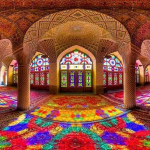If you find yourself in Fukushima and are curious about disasters or the consequences of human error, the Great East Japan Earthquake and Nuclear Disaster Memorial Museum in Futaba is the place you have to see. This is not a tidy little museum with fake displays and soft lighting.
The Great East Japan Earthquake and Nuclear Disaster Memorial Museum delivers the chaos of March 11, 2011 in full, unfiltered detail. You walk in and the scale of destruction hits immediately. Earthquake. Tsunami. Nuclear meltdown. All in one place, all brutal, all undeniable.
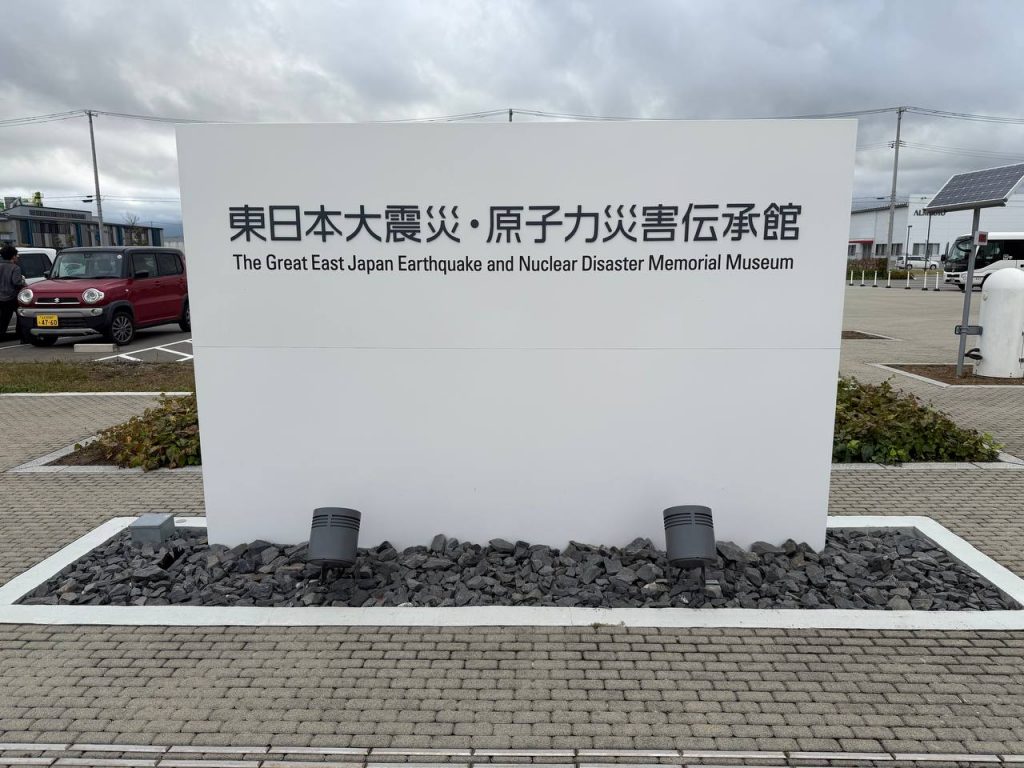
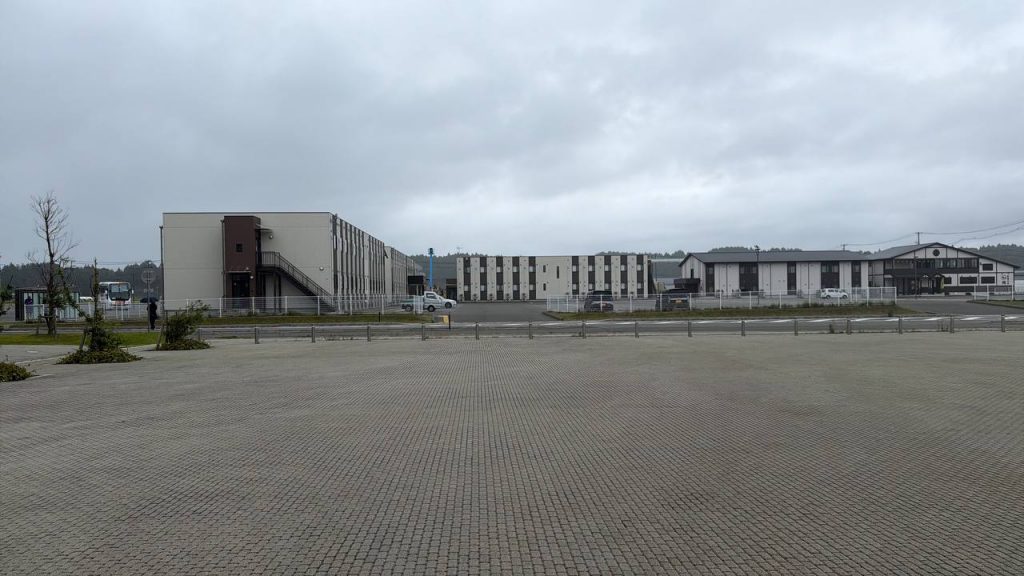
What Great East Japan Earthquake and Nuclear Disaster?
The Great East Japan Earthquake and Nuclear Disaster hit on March 11, 2011, and it was catastrophic in every sense. The quake alone measured 9.0, tearing up the seabed off the coast and shaking the Tohoku region like nothing anyone alive had ever felt. Roads split, buildings collapsed, bridges crumbled. People were flung into streets, cars tossed around, and entire towns left in ruins before anyone could process what was happening.
Then came the tsunami. Waves as high as ten meters slammed into the coastline, sweeping away homes, vehicles, and lives with total indifference. Families vanished, possessions were obliterated, and entire communities were wiped off the map. There was no time to react, no shelter that could withstand the water’s force.
And if that wasn’t enough, Fukushima Daiichi melted down. Cooling systems failed. Hydrogen explosions rocked the reactors. Radiation escaped into the environment. Evacuations were chaotic, leaving tens of thousands of people stranded, displaced, and living in uncertainty. Some areas are still off-limits today.
It was a perfect storm of natural disaster and technological failure. Thousands died, hundreds of thousands were displaced, and the damage continues to ripple through the region. It is a stark reminder of how fragile human systems are when nature decides to go off-script.
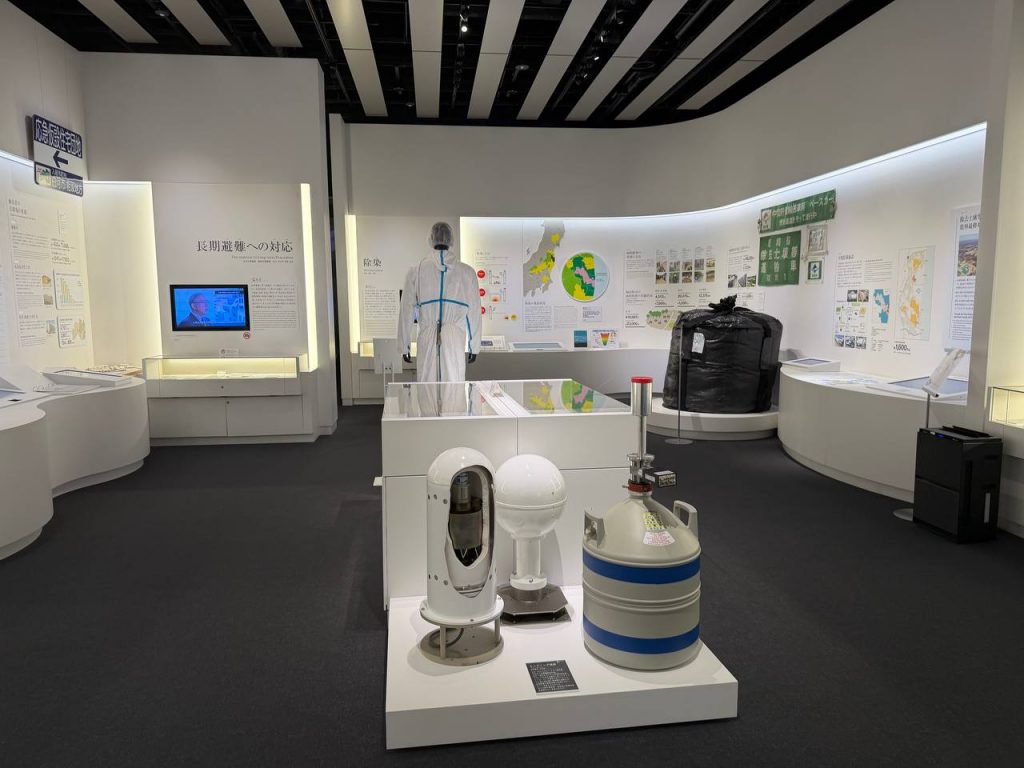
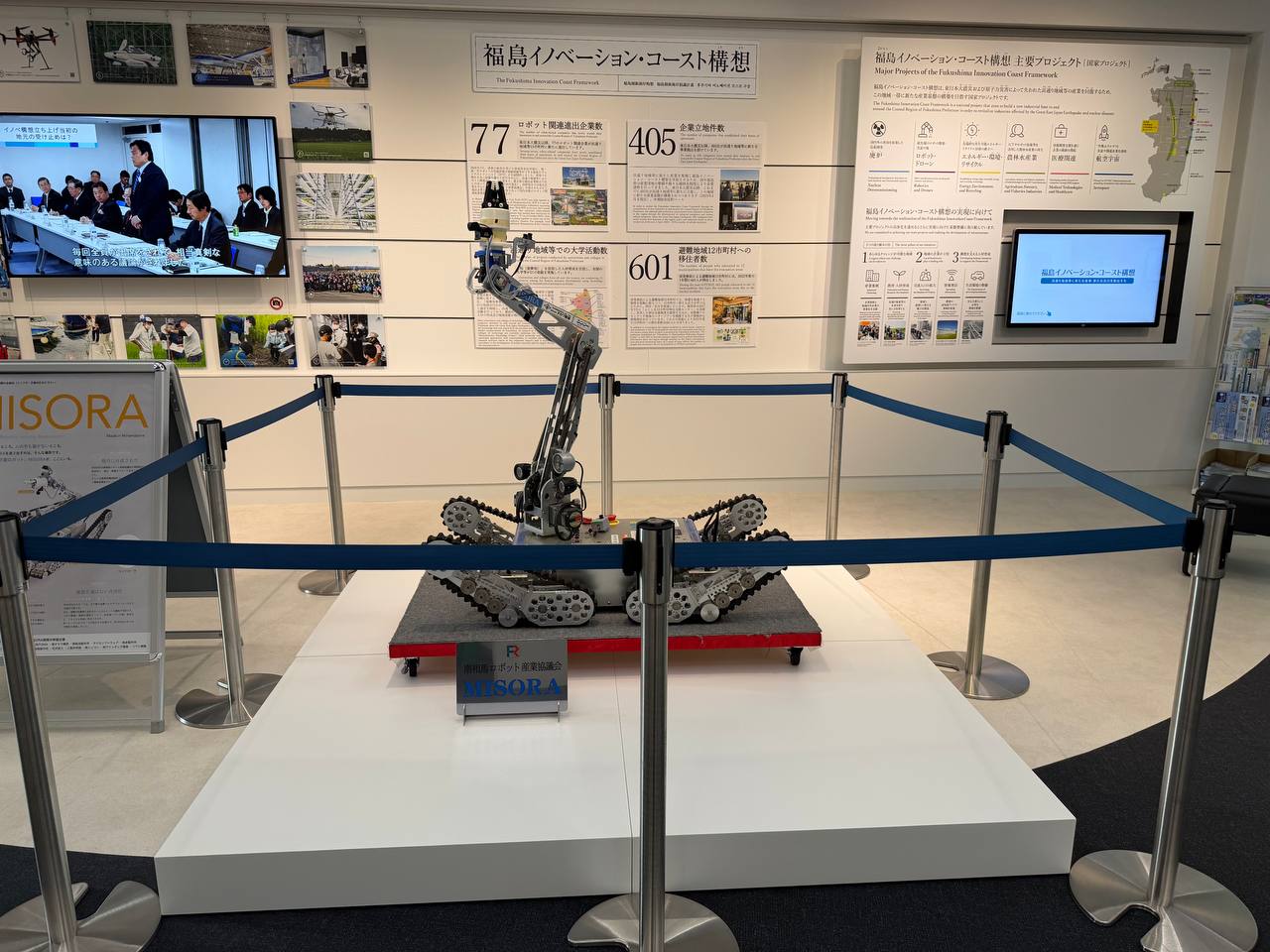
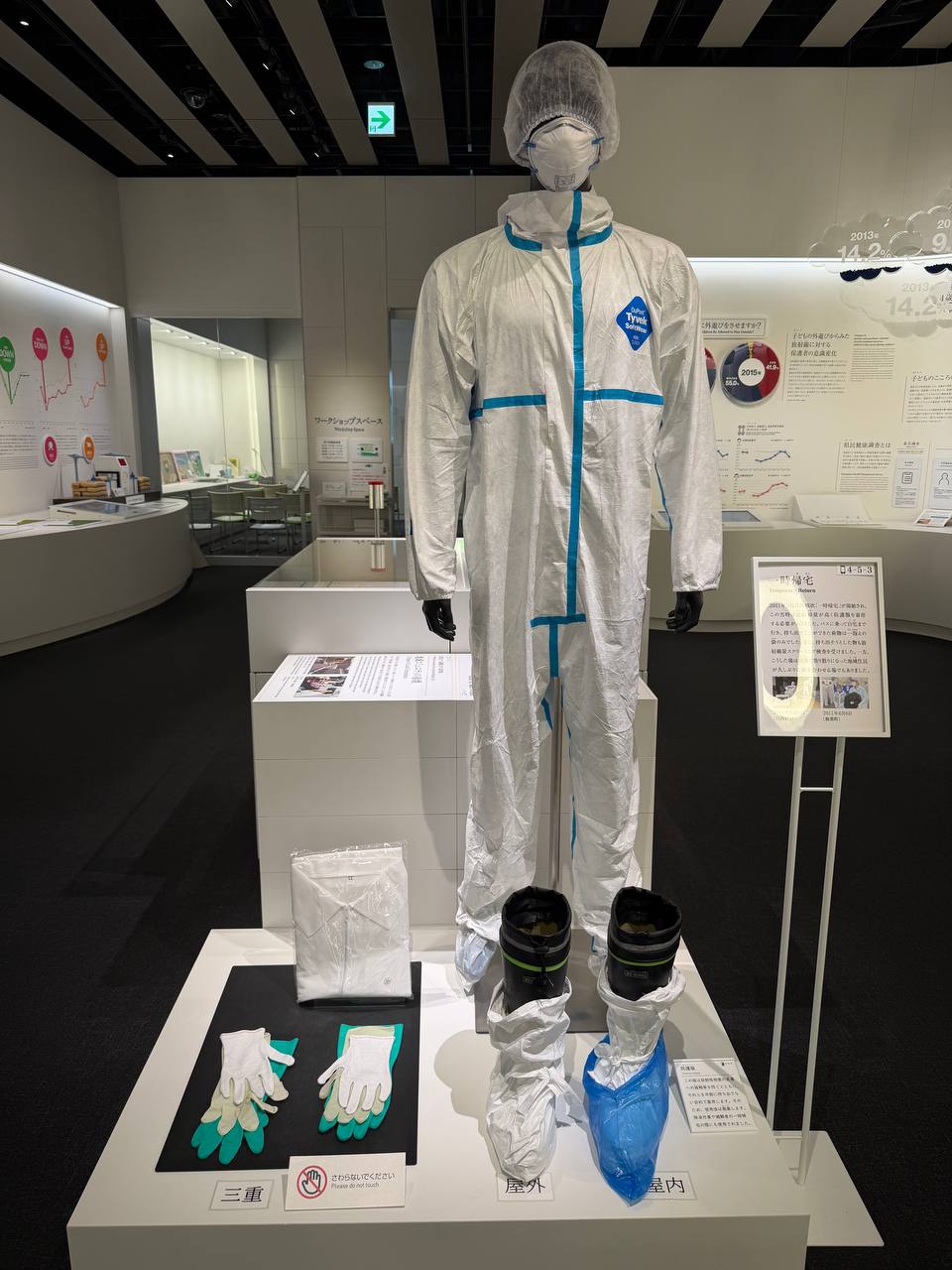
Walking Through the Disaster
The museum starts with the earthquake itself. Not the sanitized version they teach in schools, but the real shaking that flattened streets, overturned vehicles, and destroyed homes. The Great East Japan Earthquake and Nuclear Disaster Memorial Museum has seismic footage, photos, and audio recordings that show just how violent it was. Diagrams explain how early warning systems worked and failed. You get a sense of the raw power of the natural disaster before the tsunami arrives.
Next comes the tsunami section. This part of the Great East Japan Earthquake and Nuclear Disaster Memorial Museum hits hard. Streets turned into rivers, houses ripped off foundations, cars floating like toys. Personal belongings are scattered everywhere. The displays don’t try to make you cry with soft music or dramatic narration. They just show destruction. Kids’ toys, letters, and clothes washed up in piles. The chaos and randomness make the disaster feel real in a way no article or video can.
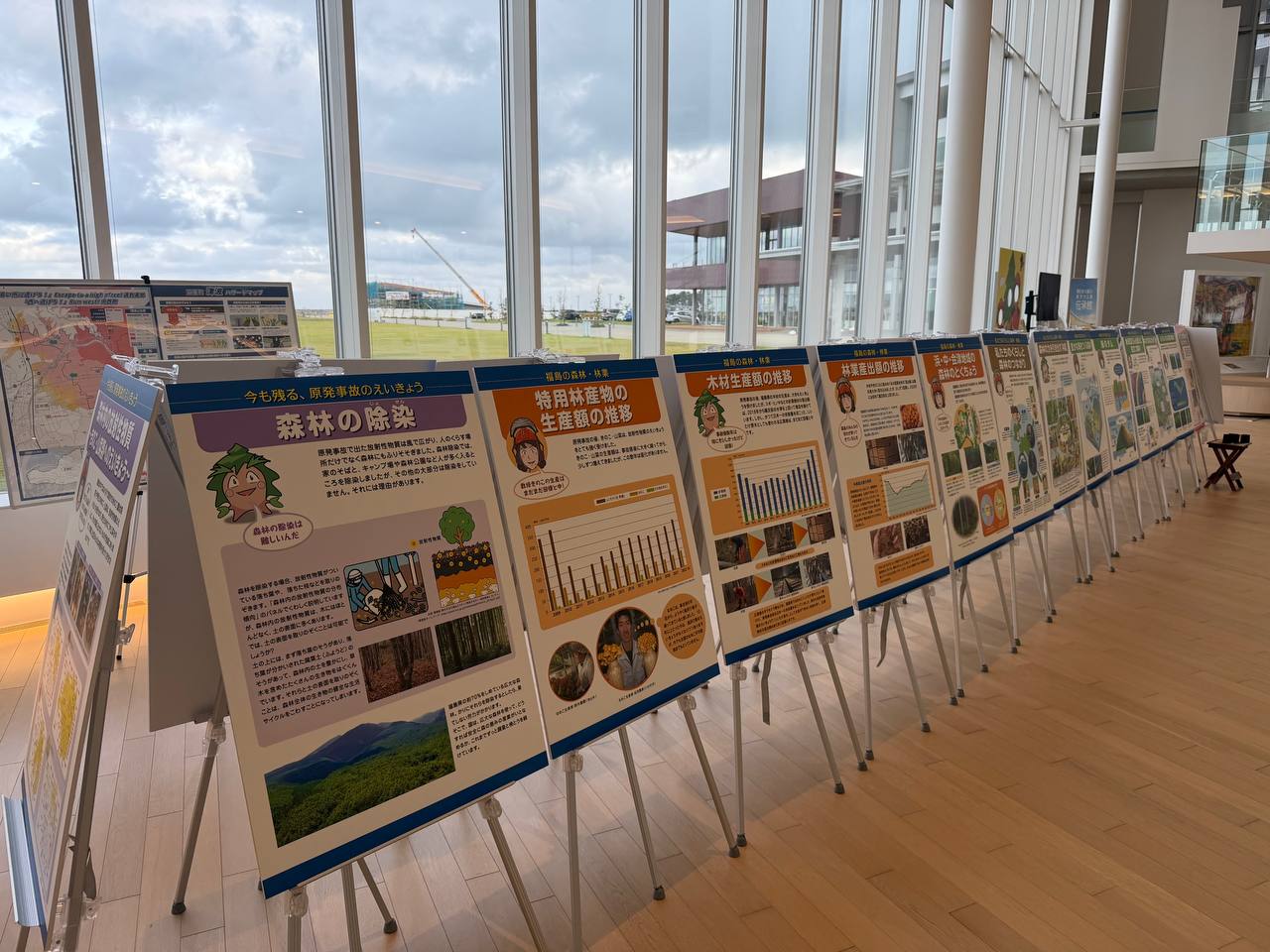
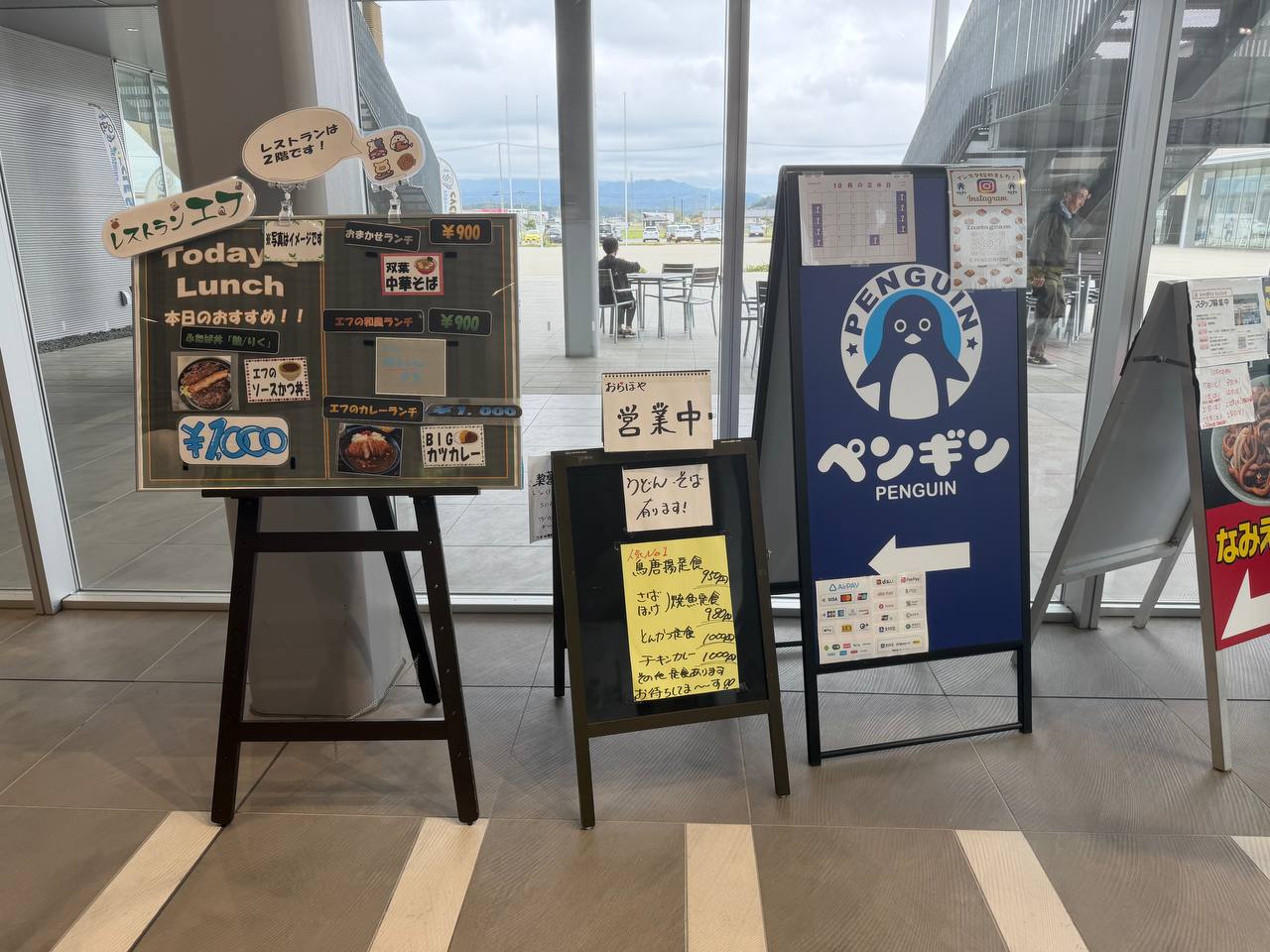
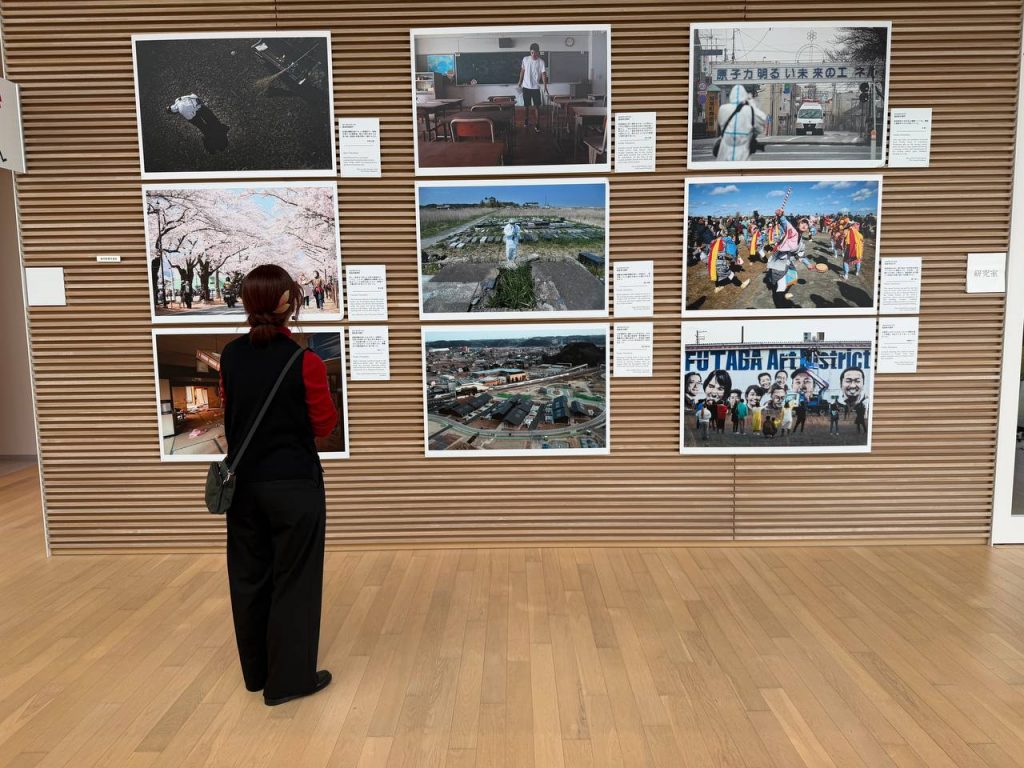
The Nuclear Disaster Section
The Great East Japan Earthquake and Nuclear Disaster Memorial Museum doesn’t shy away from showing what happened at Fukushima Daiichi. Reactor diagrams, control room simulations, and eyewitness accounts detail the meltdown. Cooling systems failed, explosions rocked the plant, and radioactive contamination spread.
Evacuations were chaotic. Families left homes, schools, and towns overnight. Some areas are still off-limits. The museum presents technical details clearly, while showing the human consequences without sentimentality. This isn’t history softened for tourists. It’s the disaster in all its messy, terrifying reality.
Artifacts and Interactive Exhibits
Physical remnants of the disaster are some of the most striking parts of the Great East Japan Earthquake and Nuclear Disaster Memorial Museum. A tsunami-battered firetruck sits outside, twisted and rusting.
Metal debris, signage from Futaba, and other wreckage give a tactile sense of destruction. Inside, interactive exhibits let visitors operate disaster-response robots, simulate evacuation procedures, and plan a town for disaster preparedness. It’s not fun, it’s exhausting, and it leaves you shaken, which is exactly the point.
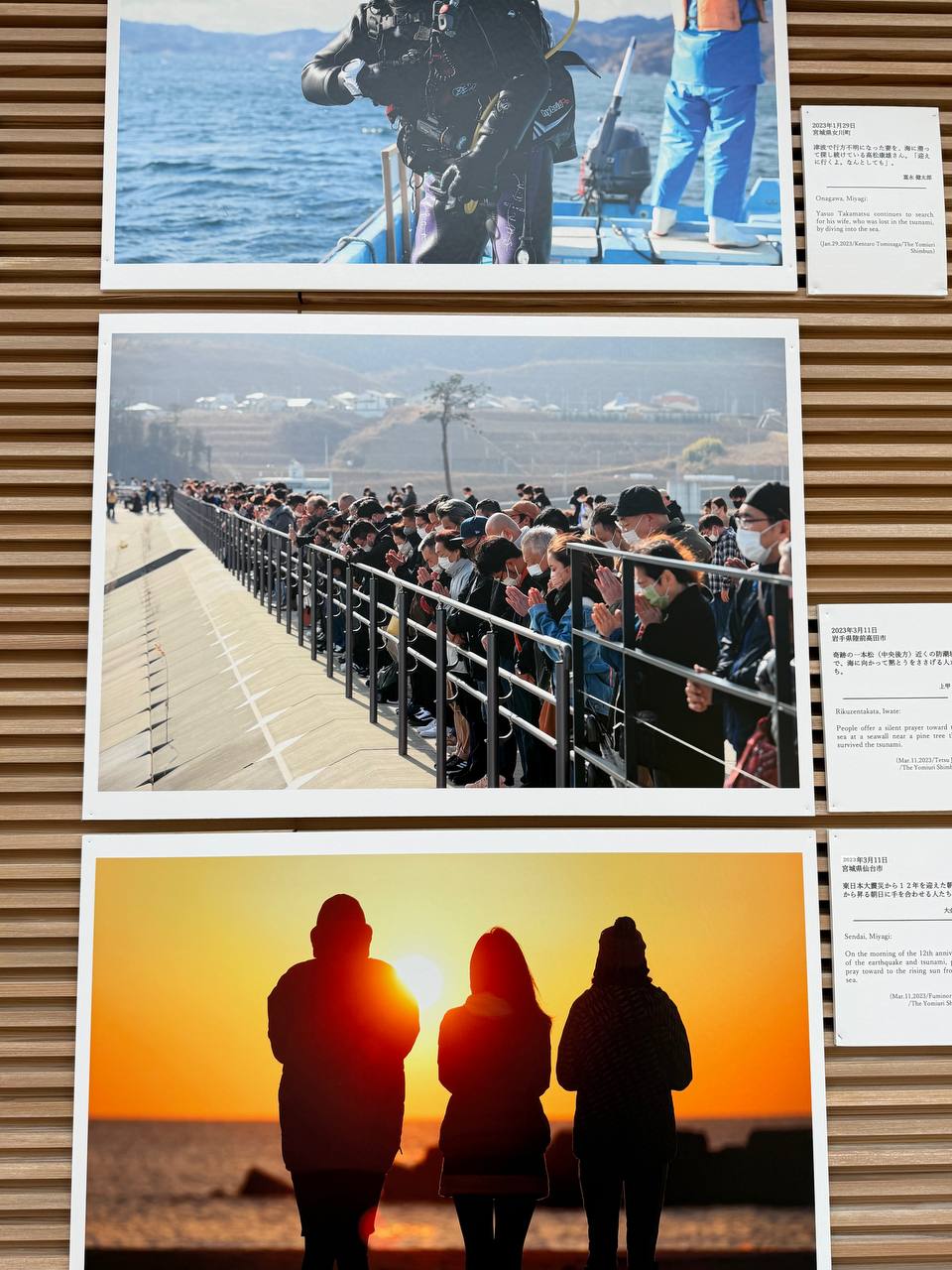
Reconstruction and Current Reality
The Great East Japan Earthquake and Nuclear Disaster Memorial Museum also documents the aftermath. Towns are being slowly repopulated. Farmland is rehabilitated. Nuclear safety measures are upgraded. Some areas remain abandoned, empty and silent. Maps, before-and-after photos, and survivor accounts make the scale of the disaster obvious.
The museum doesn’t soften it. There’s no sentimental spin. You see destruction, failure, and the painstaking work of rebuilding. That’s the reality in Futaba and the surrounding areas.
Visiting the Museum
The Great East Japan Earthquake and Nuclear Disaster Memorial Museum is located in Futaba, Fukushima Prefecture. Access requires a train and local bus, so plan ahead. Opening hours are generally 9 am to 5 pm, and admission is affordable.
There is a small café and seating, but the museum isn’t designed for comfort. It’s designed to show what happened and to make sure visitors leave understanding the scale of the disaster.
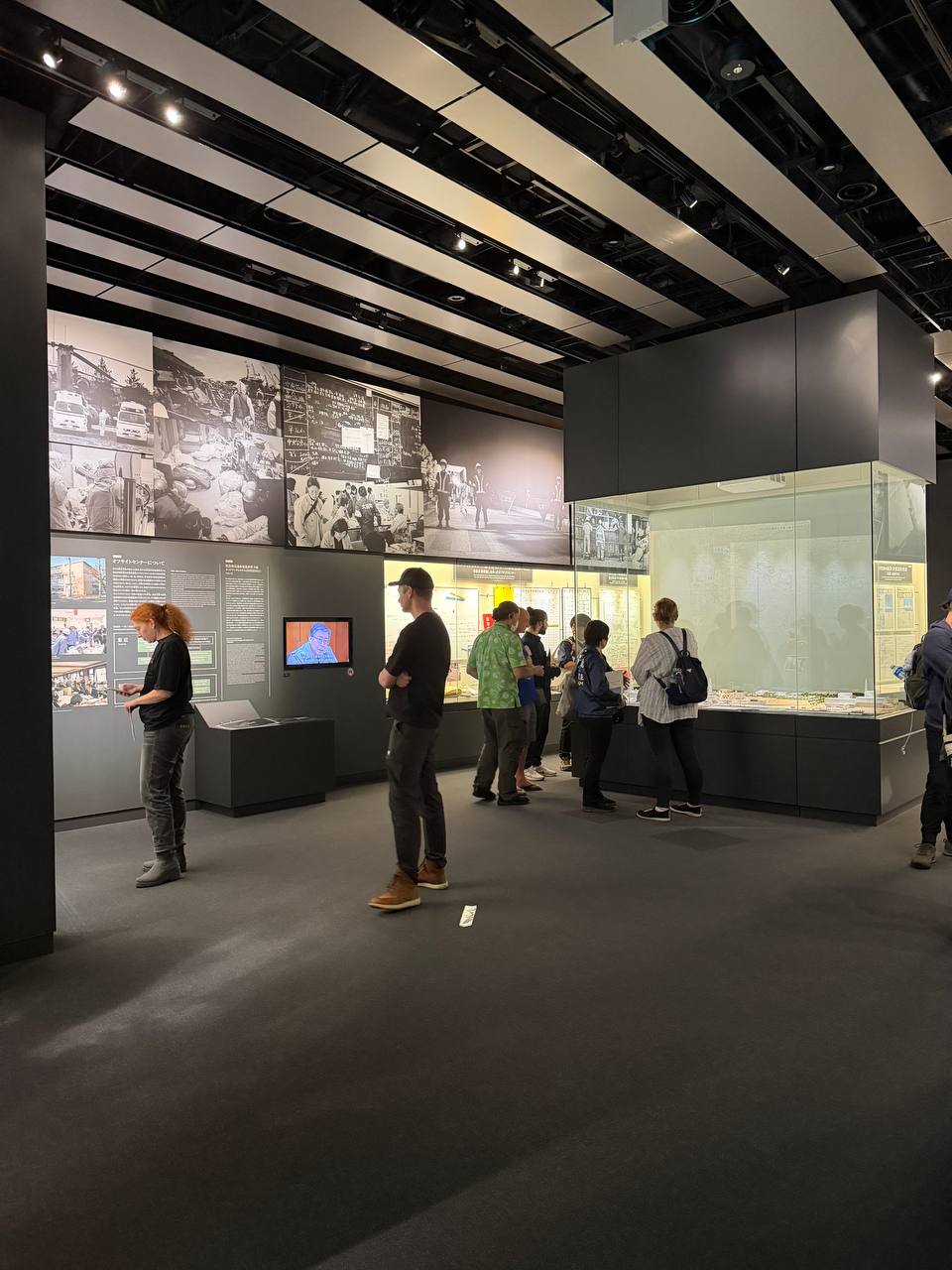
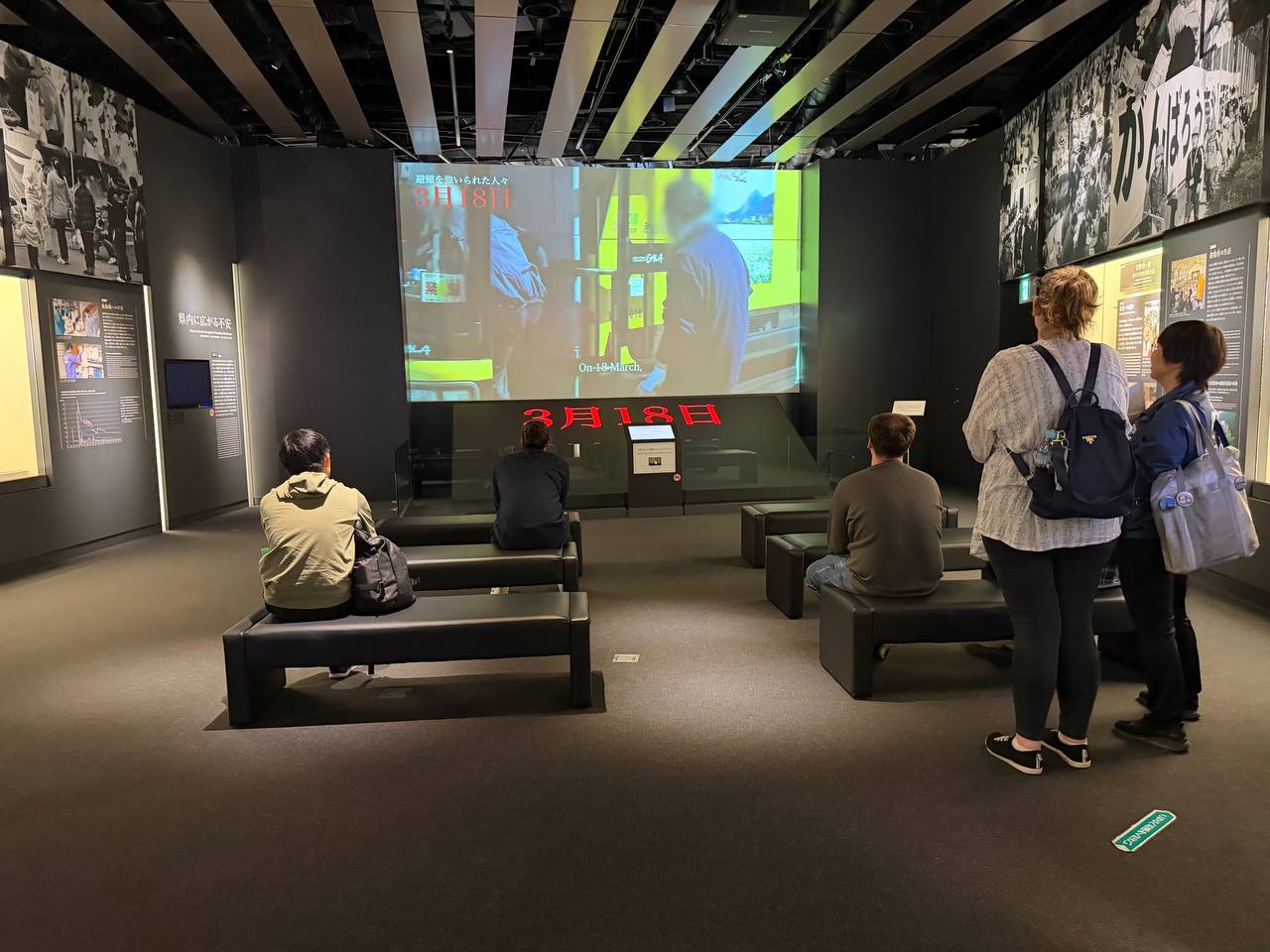
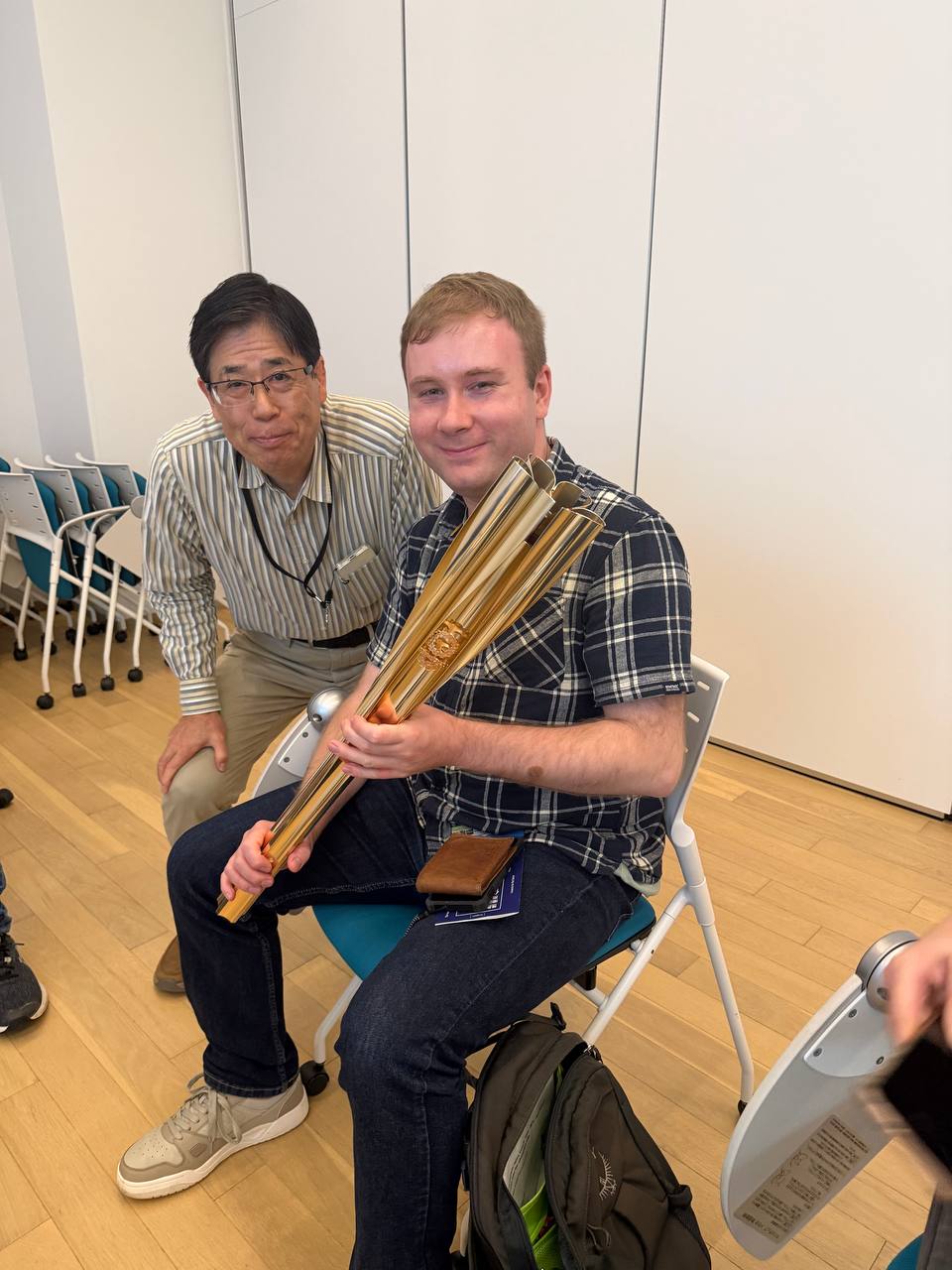
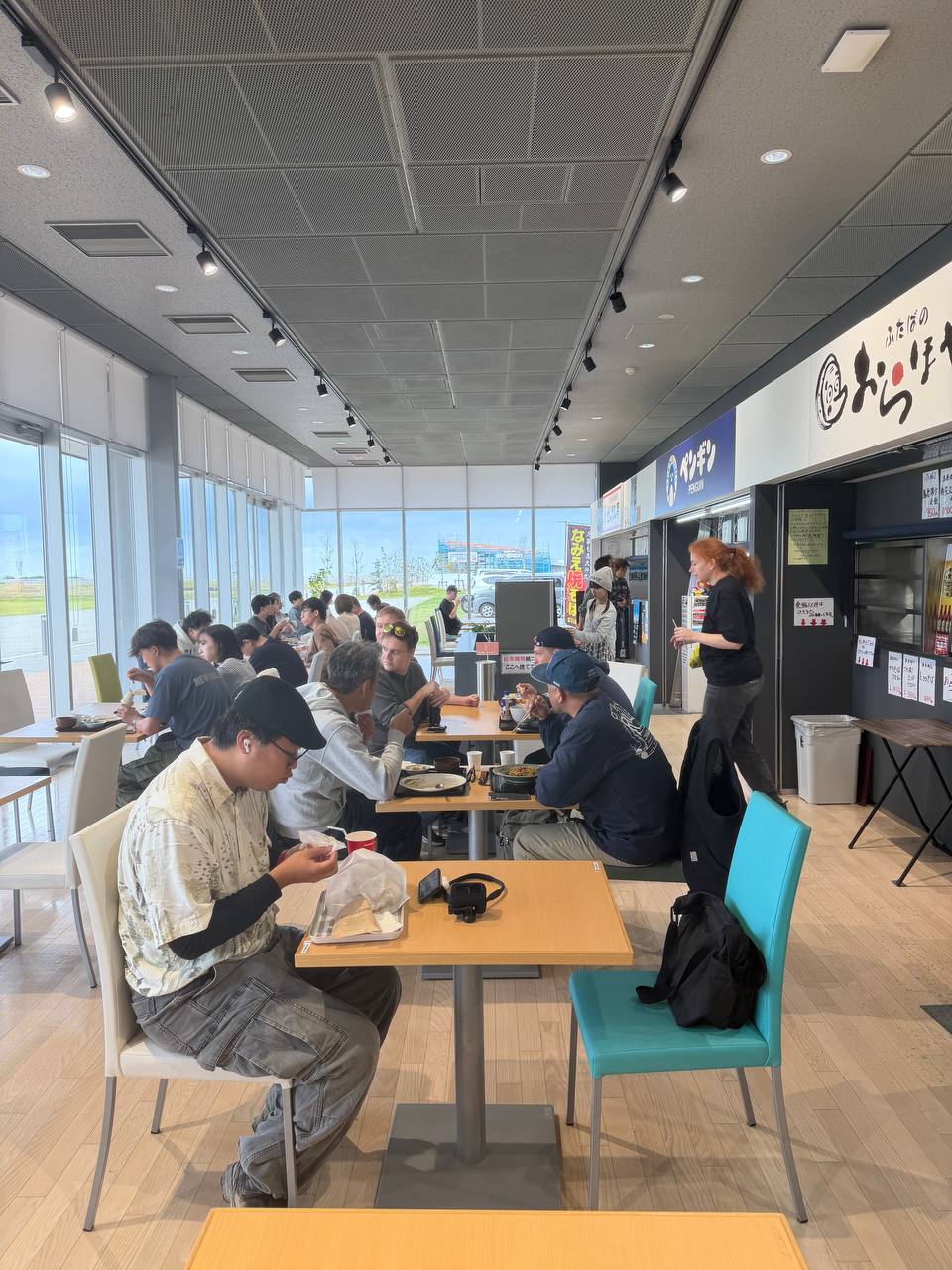
Observations
Walking through the Great East Japan Earthquake and Nuclear Disaster Memorial Museum gives you a full picture of March 11, 2011. Earthquake. Tsunami. Nuclear meltdown. Evacuations. Abandoned towns.
Human error. Technological failure. Ongoing challenges. You leave with a headache, a stunned sense of disbelief, and a lot more knowledge than you came with. This is not about morals, or sentiment, or softening reality. The museum presents facts, objects, timelines, and survivor accounts and lets you take it all in.
And all of it is done in that very weirdly effecient, but alsmost devoid of emotion Japanese type way. In our mind it is all of these thinsg combined that make this an abolsute must for any visit to Fukushima.
Click to check out our Japan Tours.,





